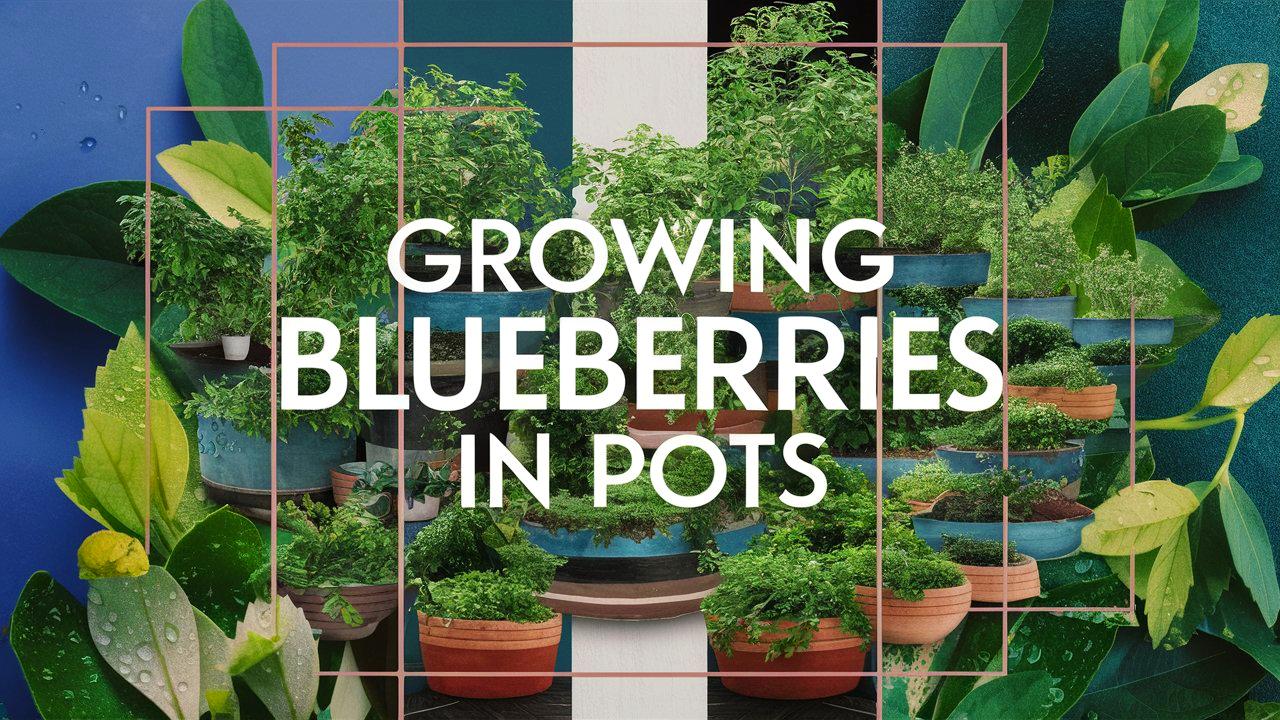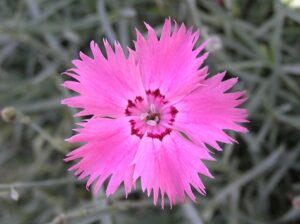Growing blueberries in pots or containers is an increasingly popular choice among gardening enthusiasts, especially for those with limited space. Blueberries, prized for their sweet flavor and nutritional benefits, can thrive in a variety of environments as long as specific needs are met.
If you’re interested in cultivating your own blueberries but have only a small balcony, patio, or yard, this guide will help you navigate the ins and outs of successful container gardening for this delicious fruit.
Understanding Blueberry Varieties
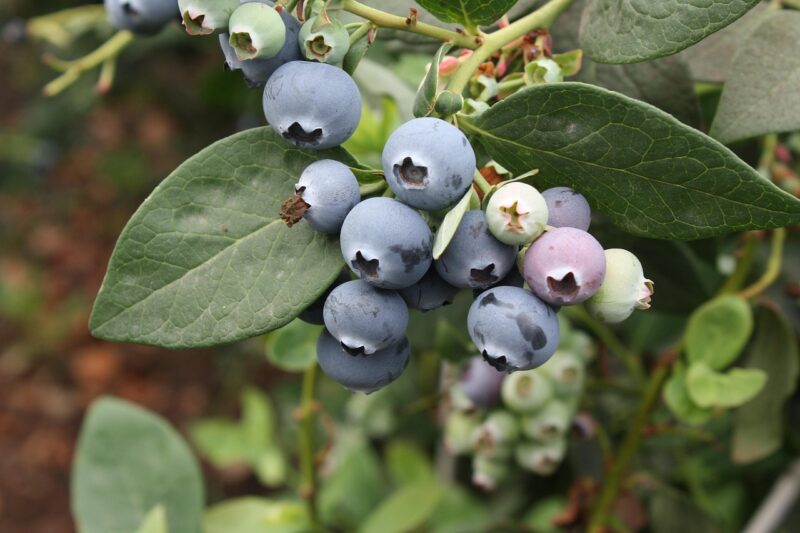
Before diving into container gardening techniques, it’s essential to familiarize yourself with the different varieties of blueberries. Blueberries can be broadly categorized into three types:
Highbush Blueberries: These are the most commonly grown variety in the home garden. They can reach heights of 5 to 6 feet and produce sweet fruit ideal for eating fresh or preserving.
Lowbush Blueberries: Smaller and typically more tolerant of cold; these are usually found in the wild. Lowbush varieties are often lower in height and may yield smaller berries, but they’re exceptionally flavorful.
Rabbiteye Blueberries: Commonly grown in the southern United States, these types are more adaptable to heat and drought conditions. They generally require cross-pollination from another variety for optimal fruit sets.
When selecting a specific blueberry cultivar for pots, highbush types often work well due to their manageable size and fruit-bearing capabilities, making them an excellent choice for beginners.
Essential Growing Conditions
For healthy blueberry plants, it’s crucial to mimic their natural growing conditions as closely as possible. Blueberries thrive in acidic soils (pH levels between 4.5 and 5.5), preferring well-drained spaces. Here are the primary factors to consider for successful container gardening:
Soil Requirements
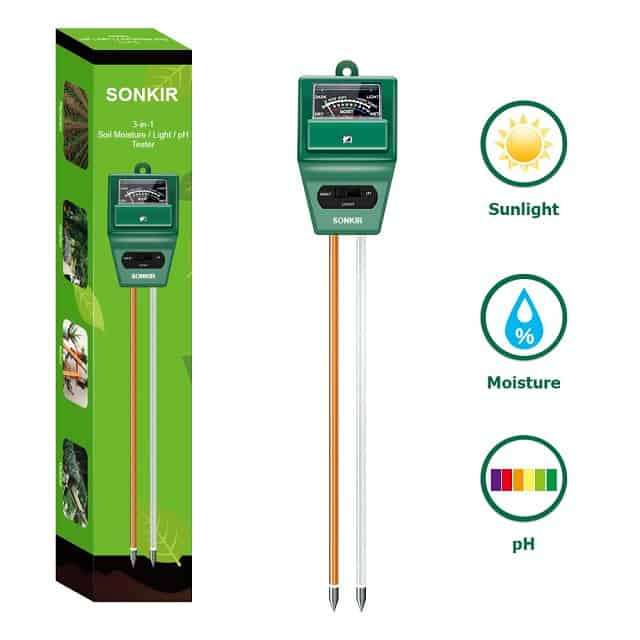
Blueberries perform best in acidic potting mix. Many potting soils lack the necessary acidity, so it is vital to choose a mix specifically designed for acid-loving plants. You might consider a blend of peat moss, pine bark, and perlite, which provides the right environment for root development while ensuring proper drainage.
Sunlight
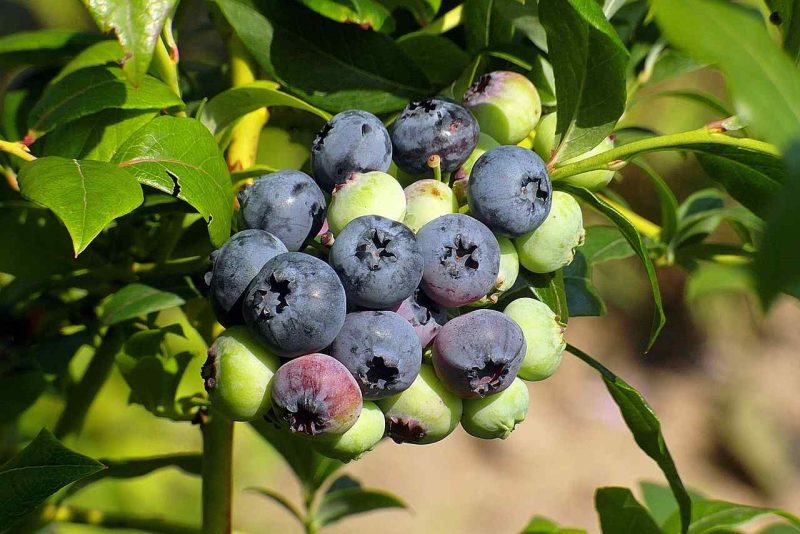
Blueberries thrive in full sun, requiring at least 6 to 8 hours of direct sunlight daily. When selecting a spot for your container, ensure it receives ample sunlight to encourage flower and fruit production. If growing in climate zones with intense heat, some afternoon shade may help protect the delicate foliage.
Watering Needs
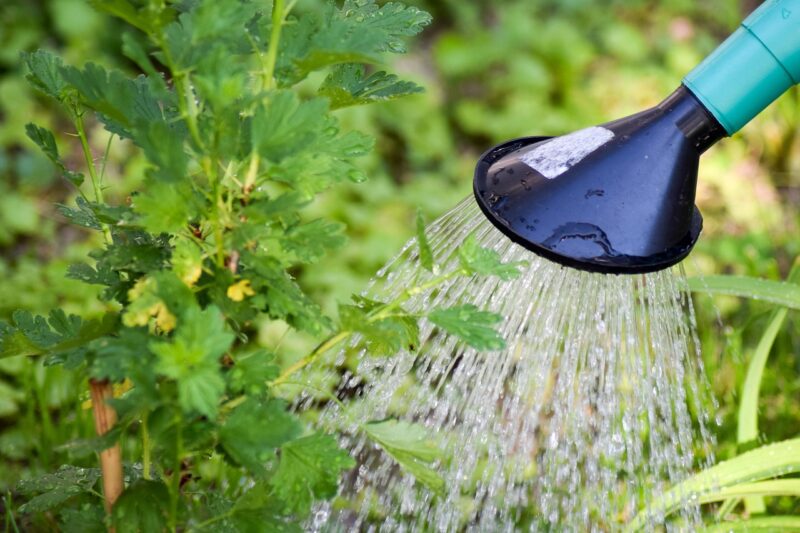
Blueberries have shallow root systems and require consistent moisture. However, overwatering can lead to root rot, so it’s crucial to find the balance. Containers should have drainage holes to allow excess water to escape. Water the plants when the top inch of the soil feels dry, aiming for thorough soaking while avoiding standing water.
Choosing the Right Container
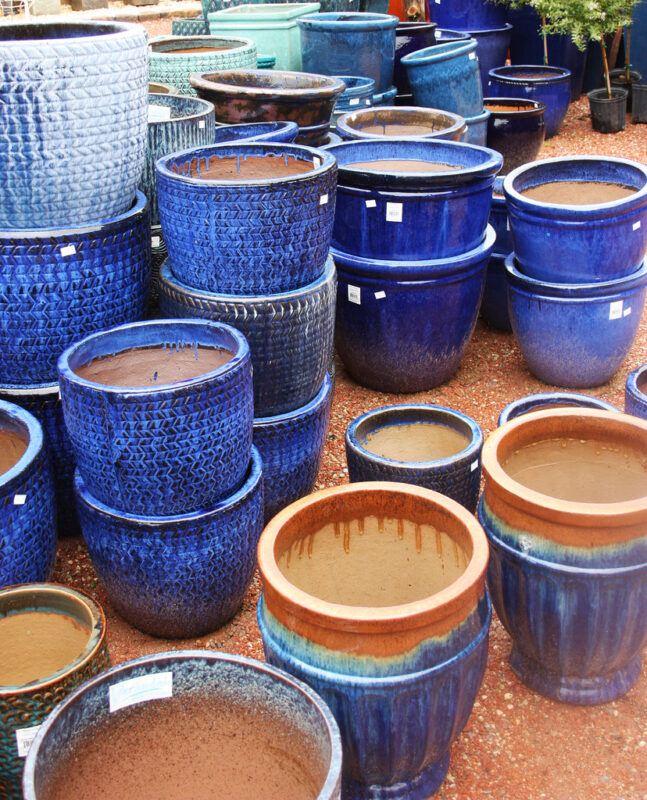
The size of your container plays a significant role in the health of your blueberry plants. Here are some important considerations when selecting a pot:
Container Size
Blueberries require space for their root systems to spread. A container should ideally hold at least 2 to 5 gallons of soil for optimal growth. A larger pot (about 18–24 inches in diameter) will not only support the plant during its growth but also help retain soil moisture.
Material Choices
Containers come in various materials, such as plastic, ceramic, and wood. Each has pros and cons regarding drainage, insulation, and light exposure. Plastic pots are lightweight and retain moisture well, while terracotta pots offer better drainage and air circulation but may dry out more quickly. Make sure your chosen container has adequate holes for drainage.
Planting Blueberries in Containers
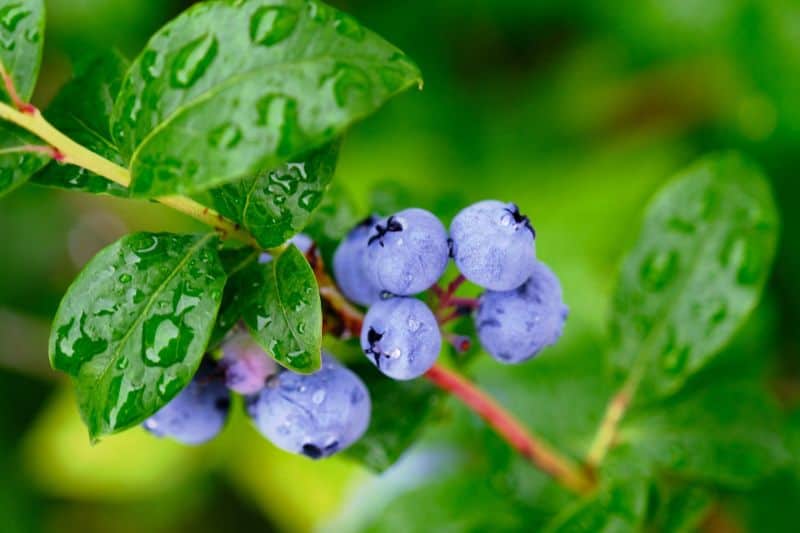
Once you have the right container, it’s time to get planting. Here’s a step-by-step guide to help you through the process.
Step 1: Preparing the Container
Start by ensuring the container is clean and free of any y residues from past plants. If desired, you can add a layer of small stones or broken pottery at the bottom for additional drainage. Fill the container with the acidic potting mix, leaving enough space for the root ball of your blueberry plant.
Step 2: Planting the Blueberry
When purchasing blueberry plants, consider buying young, healthy seedlings or established plants from a nursery. Remove the plant from its nursery container, gently untangling its roots if they are densely bound. Place the blueberry in the center of your prepared container, ensuring the root ball sits at the same depth it was in the original container. Fill in the gaps with potting mix, firming it gently around the roots.
Step 3: Watering After Planting
After planting, give your blueberry a deep watering to help settle the soil around the roots. Allow excess water to drain out, and be mindful of the moisture levels going forward.
Fertilizing Blueberries in Containers
Container-grown blueberries rely on you for nutrition, as they have limited soil to draw from compared to those planted in the ground. When to fertilize and what to use can be crucial for successful harvests.
Choosing the Right Fertilizer
Opt for a fertilizer specifically formulated for acid-loving plants. It’s essential to follow the instructions carefully, particularly concerning the frequency and amount. A general guideline is to fertilize in early spring just as new growth begins.
Organic Alternatives
If you prefer organic options, you can use compost or well-rotted manure. This provides essential nutrients while also helping to retain moisture in the soil. Even using organic mulch made from pine needles can enrich the soil and help acidify it naturally.
Pruning and Maintenance

Regular maintenance is crucial for the health and productivity of your blueberry plants in containers.
Pruning Techniques
To maintain your blueberry plants, consider light pruning during the first couple of years. In spring, remove dead or weak branches, and cut back any growth that is unwanted or crossing over other stems. Established plants may require more substantial pruning to encourage air circulation and sunlight penetration, which can promote fruiting.
Pest and Disease Management
Watch for common pests such as aphids, spider mites, and fruit flies. Regularly inspect your plants to identify early signs of infestation. You can often manage pests organically by using insecticidal soap or neem oil. Diseases such as root rot can typically be avoided by ensuring proper drainage and avoiding overwatering.
Managing Pollination
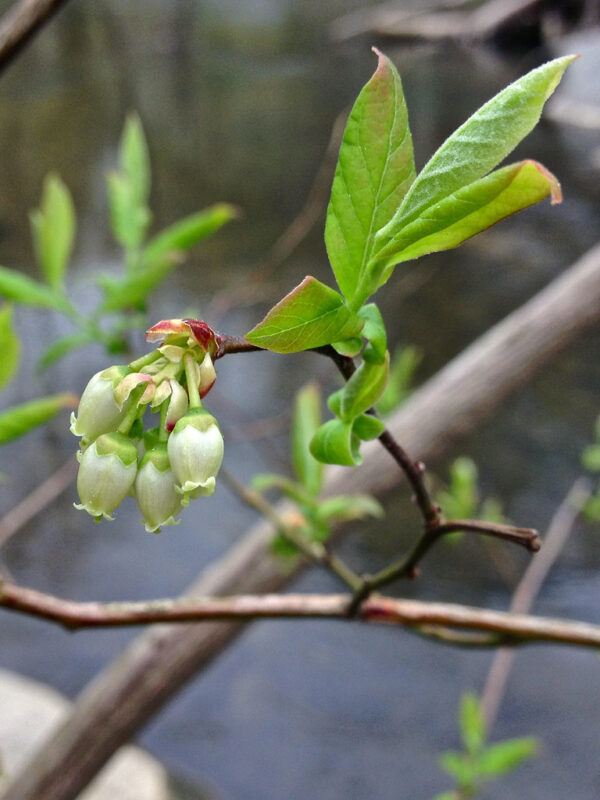
If you’re growing only one blueberry plant, it’s essential to be aware that many varieties benefit from cross-pollination. If possible, consider planting at least two different types of blueberries nearby, as this can greatly increase the yield and size of your fruit.
Attracting Pollinators
Encouraging pollinators, such as bees and butterflies, to your garden will only help your blueberry plants thrive. Planting companion flowers or herbs nearby can attract these pollinators and promote healthy pollination.
Harvesting Your Blueberries
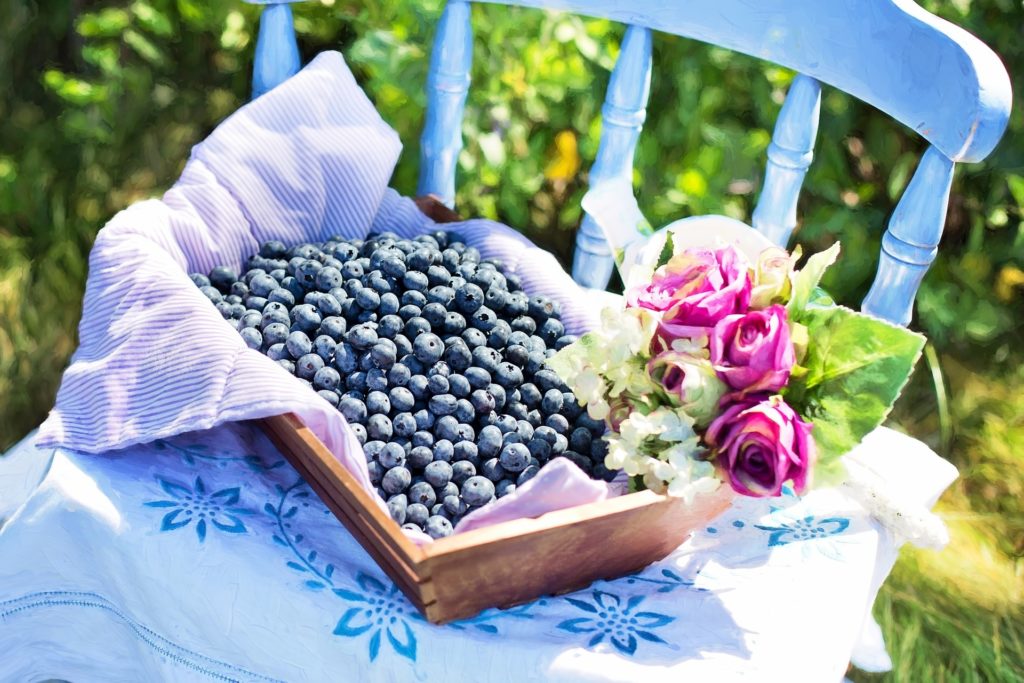
With proper care, blueberry plants can begin producing fruit in two to three years after planting. Here’s what you need to know about harvesting:
When to Harvest
Blueberries should be harvested when they have fully turned blue and have a slight dull sheen; this indicates they are ripe. Avoid picking berries that are still mostly red or feel hard.
Harvesting Technique
To avoid damaging the plant and fruit, gently grasp the berry and twist it, or simply pluck it off with a gentle tug. Ensure that you harvest regularly to encourage continued fruit production, as blueberry plants will drop overripe fruits.
Overwintering and Care Year-Round

An important consideration for growing blueberries in containers is how to care for them throughout the changing seasons.
Winter Care
In colder climates, blueberries may require special care during the winter months. To protect the roots from freezing temperatures, you can either move the container to a sheltered, warmer location, such as a garage, or wrap the pot in burlap or bubble wrap.
Year-Round Maintenance
Monitoring your blueberry plants will ensure they remain healthy throughout the year. Keep an eye on moisture levels, adjusting watering as needed during summer heat, and reducing it during fall and winter. Regularly check for pests, disease, and signs of nutrient deficiencies.
Conclusion
Growing blueberries in pots and containers is a rewarding endeavor, allowing even those with limited space to enjoy the fruits of their labor. By understanding variety selection, proper care requirements, and effective maintenance techniques, you can cultivate bountiful blueberry plants that not only provide delicious fruit but also beautiful foliage for your patio or balcony.


